The impact of AI on software development and the role of human programmers. – The impact of AI on software development and the role of human programmers is rapidly reshaping the tech landscape. No longer a futuristic fantasy, AI is actively transforming how software is built, tested, and maintained. This evolution presents both exciting opportunities and significant challenges, forcing a reconsideration of the skills and roles of human developers in an increasingly automated world.
From AI-powered coding assistants to sophisticated automated testing suites, the integration of artificial intelligence is undeniable, prompting questions about collaboration, efficiency, and the future of the profession.
This exploration delves into the specifics of AI’s influence, examining its capabilities in various development stages, from initial coding and testing to ongoing maintenance and updates. We’ll analyze the strengths and weaknesses of AI-driven tools, comparing them to traditional methods and highlighting the critical areas where human expertise remains indispensable. Furthermore, we’ll address ethical considerations and potential biases inherent in AI-generated code, along with the evolving skillsets needed for programmers to thrive in this new paradigm.
AI-Assisted Coding Tools
AI-assisted coding tools are rapidly transforming software development, augmenting human programmers’ capabilities and boosting productivity. These tools leverage machine learning algorithms to analyze code, predict programmer intent, and automate various tasks, ultimately streamlining the development process and reducing errors. This section will explore several popular AI-assisted coding tools, compare their capabilities, and analyze their impact on developer productivity.
AI-Assisted Coding Tool Functionality
The following table summarizes the key features, supported programming languages, and pricing models of three popular AI-assisted coding tools: GitHub Copilot, Tabnine, and Amazon CodeWhisperer.
| Tool Name | Key Features | Programming Languages Supported | Pricing Model |
|---|---|---|---|
| GitHub Copilot | AI-powered code completion, suggesting entire functions or lines of code based on context; supports multiple coding styles; integrates seamlessly with popular IDEs. | Python, JavaScript, TypeScript, Java, C++, C#, Go, Ruby, PHP, Swift, Kotlin, and more. | Subscription-based; free for students and maintainers of popular open-source projects. |
| Tabnine | AI-powered code completion; offers both cloud-based and local AI models; supports various coding styles and integrates with major IDEs; provides personalized code suggestions based on user’s coding history. | Python, JavaScript, TypeScript, Java, C++, C#, Go, Ruby, PHP, Swift, Kotlin, and many more. | Freemium model; offers a free tier with limited features and paid subscriptions for enhanced capabilities. |
| Amazon CodeWhisperer | AI-powered code generation and completion; suggests code based on natural language comments or existing code; integrates with popular IDEs; supports code refactoring and debugging assistance. | Java, JavaScript, Python, C#, Go, TypeScript, Ruby, C++, and more. | Free for individual users; paid plans available for teams and organizations. |
Comparison of AI Code Completion and Debugging Tools
AI code completion tools, such as GitHub Copilot and Tabnine, primarily focus on predicting and suggesting code based on context. They accelerate the coding process by automating repetitive tasks and reducing the time spent writing boilerplate code. Conversely, AI-powered debugging tools analyze code for errors and suggest fixes. They identify potential bugs, offer solutions, and help developers understand the root cause of issues more efficiently.
While both types of tools enhance developer productivity, they address different aspects of the software development lifecycle. Code completion tools are proactive, preventing errors by suggesting correct code, while debugging tools are reactive, addressing errors after they occur.
Impact of AI-Powered Code Generation on Developer Productivity
AI-powered code generation tools have the potential to significantly enhance developer productivity. By automating the generation of repetitive or boilerplate code, these tools free up developers to focus on more complex and creative aspects of software development. For instance, a developer might use an AI tool to generate the basic structure of a web application, allowing them to concentrate on designing the application’s functionality and user interface.
This can lead to faster development cycles, reduced costs, and improved overall efficiency. The impact will vary based on the complexity of the project and the proficiency of the developer in utilizing these tools. However, studies suggest that even experienced developers can benefit from AI assistance, experiencing notable increases in coding speed and accuracy. For example, a study by GitHub found that Copilot helped developers complete tasks up to 55% faster.
This translates to substantial time savings across large-scale projects, accelerating product release cycles and increasing overall business agility.
AI’s Role in Software Testing: The Impact Of AI On Software Development And The Role Of Human Programmers.
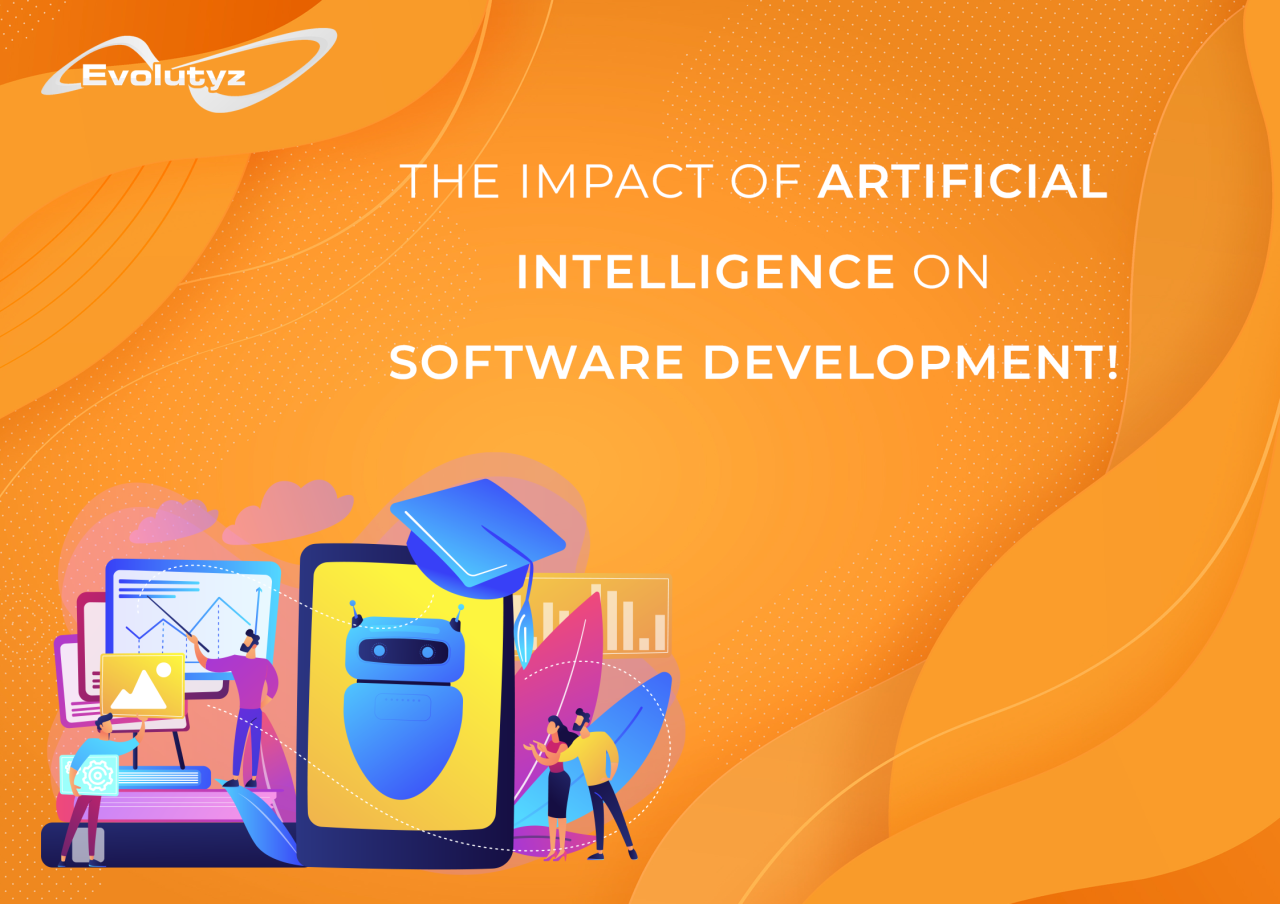
AI is rapidly transforming software testing, moving beyond simple automation to offer more sophisticated and efficient methods. Its ability to analyze vast datasets, identify patterns, and learn from experience makes it a powerful tool for improving software quality and reducing testing time. This section explores AI’s specific contributions to software testing, highlighting its advantages and disadvantages compared to traditional approaches.AI’s automation capabilities are revolutionizing the software testing landscape.
By leveraging machine learning and deep learning algorithms, AI can significantly enhance the speed and effectiveness of various testing processes, leading to quicker release cycles and improved product quality.
Methods of AI-Driven Software Test Automation
AI automates software testing through several key methods. These methods significantly reduce manual effort and allow for more comprehensive testing coverage.
- Test Case Generation: AI algorithms can analyze software requirements and automatically generate test cases, covering various scenarios and edge cases that might be missed by human testers.
- Test Data Generation: AI can create realistic and diverse test data sets, ensuring comprehensive coverage of different input conditions and boundary values.
- Defect Prediction: By analyzing code and historical data, AI can predict potential defects and prioritize testing efforts, focusing on high-risk areas.
- Self-Healing Tests: AI-powered testing frameworks can automatically adapt to changes in the software under test, adjusting test scripts to maintain test coverage even after code modifications.
- Test Execution and Reporting: AI can automate the execution of test cases and generate detailed reports, including identifying and classifying bugs with greater precision than manual methods.
- Visual UI Testing: AI can be used to compare screenshots of user interfaces across different versions or browsers, automatically detecting visual regressions.
Advantages and Disadvantages of AI-Based Software Testing
While AI offers significant advantages in software testing, it’s crucial to acknowledge its limitations. A balanced perspective is essential for effective implementation.
Advantages: AI-driven testing enhances speed, accuracy, and coverage, leading to faster releases and higher-quality software. It can handle repetitive tasks efficiently, freeing up human testers to focus on more complex aspects of testing. Moreover, AI can identify subtle bugs that might be missed by human testers.
Disadvantages: Implementing AI-based testing requires significant upfront investment in infrastructure, tools, and skilled personnel. The reliance on data for training AI models means that the accuracy of the AI’s predictions depends heavily on the quality and quantity of the training data. Furthermore, explaining the reasoning behind AI’s decisions (explainability) can be challenging, making it difficult to understand why certain bugs were identified or missed.
Hypothetical Scenario: AI-Driven Efficiency in Software Testing, The impact of AI on software development and the role of human programmers.
Imagine a large-scale e-commerce platform undergoing a major update. Traditional testing methods would require a large team of testers spending weeks or months manually executing tests, resulting in delays and potential cost overruns. However, with AI-powered testing, the process could be significantly streamlined:
- Requirement Analysis: AI analyzes the updated requirements documents, automatically generating a comprehensive set of test cases covering various user scenarios, including edge cases like high traffic loads and unusual input values.
- Test Data Generation: The AI generates realistic and diverse test data, simulating various user behaviors and purchase patterns.
- Automated Test Execution: The AI executes the generated test cases across different browsers and devices, identifying and reporting bugs automatically.
- Defect Prioritization: The AI analyzes the identified bugs, prioritizing them based on severity and potential impact on the user experience.
- Regression Testing: After bug fixes are implemented, the AI automatically reruns the relevant test cases to ensure that the fixes haven’t introduced new issues.
- Reporting and Analysis: The AI generates detailed reports, visualizing the testing results and providing insights into the software’s overall quality and stability.
This AI-driven approach drastically reduces testing time and costs, allowing for a faster and more reliable software release. The platform can be launched with significantly reduced risk, thanks to the AI’s ability to identify and prioritize critical bugs early in the process.
The Evolving Role of Human Programmers
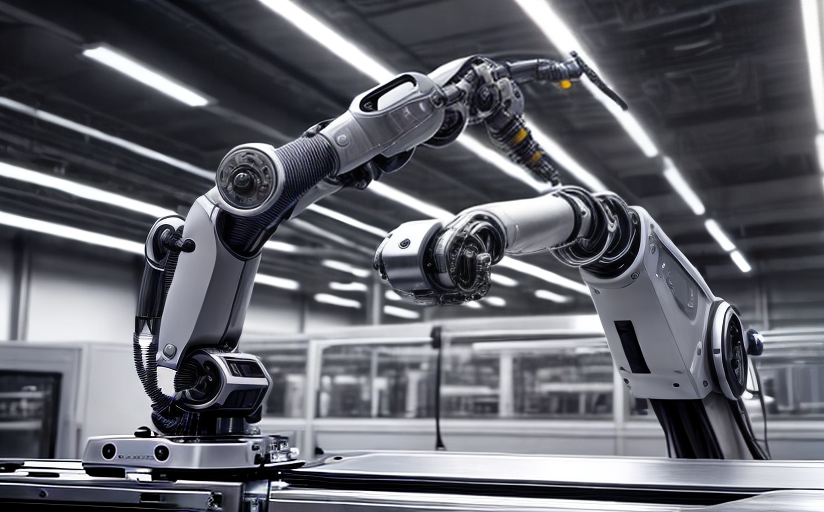
The rise of AI in software development doesn’t signal the obsolescence of human programmers; rather, it signifies a shift in their roles and responsibilities. Programmers are no longer solely responsible for writing lines of code; instead, they are becoming architects of complex systems, strategists who leverage AI’s capabilities to build better software, faster. This transition necessitates the acquisition of new skills and a fundamental change in how they approach their work.Human programmers will need to adapt and develop new expertise to thrive in this evolving landscape.
The relationship between human and machine is becoming increasingly collaborative, demanding a new skillset that bridges the gap between human ingenuity and artificial intelligence.
Essential Skills for Human Programmers in an AI-Driven World
The demand for purely coding skills is decreasing as AI takes over repetitive tasks. However, the need for programmers who can effectively manage, interpret, and refine AI’s output is increasing exponentially. Three key skills will be paramount: prompt engineering, AI model evaluation, and systems thinking. Prompt engineering involves crafting effective instructions for AI tools to achieve desired outcomes.
Model evaluation necessitates understanding the limitations and biases of AI models to ensure accurate and reliable results. Systems thinking enables programmers to design and manage complex software systems that integrate AI components effectively.
Effective Collaboration Between Human Programmers and AI Tools
Effective collaboration between human programmers and AI tools hinges on understanding each party’s strengths and limitations. AI excels at automating repetitive tasks, generating code snippets, and identifying patterns in large datasets. Human programmers, on the other hand, excel at creative problem-solving, critical thinking, complex system design, and understanding nuanced user needs. By combining these strengths, developers can significantly enhance software development workflows.
For instance, AI can assist in generating boilerplate code, leaving human programmers to focus on the more complex logic and design elements. This synergistic approach leads to faster development cycles, reduced errors, and improved overall software quality.
Tasks Better Suited for Human Programmers vs. AI
The division of labor between human programmers and AI is becoming increasingly clear. Certain tasks remain uniquely human, requiring critical thinking, creativity, and emotional intelligence.
The following table highlights tasks better suited to each:
| Task | Better Suited For | Reasoning |
|---|---|---|
| Designing user interfaces that prioritize intuitive user experience | Human Programmers | Requires understanding of human psychology and design principles, which AI currently lacks. |
| Developing complex algorithms requiring creative problem-solving | Human Programmers | AI excels at pattern recognition but struggles with truly novel problem-solving. |
| Debugging complex, nuanced errors | Human Programmers | While AI can identify some errors, understanding the root cause often requires human intuition and experience. |
| Generating basic code snippets and boilerplate code | AI | AI can quickly generate repetitive code, freeing up human programmers for higher-level tasks. |
| Identifying simple syntax errors and basic code style violations | AI | AI excels at pattern matching and can easily identify these types of errors. |
| Performing automated testing and identifying predictable bugs | AI | AI can execute repetitive tests much faster and more consistently than humans. |
Ethical Considerations and Bias in AI-Developed Software
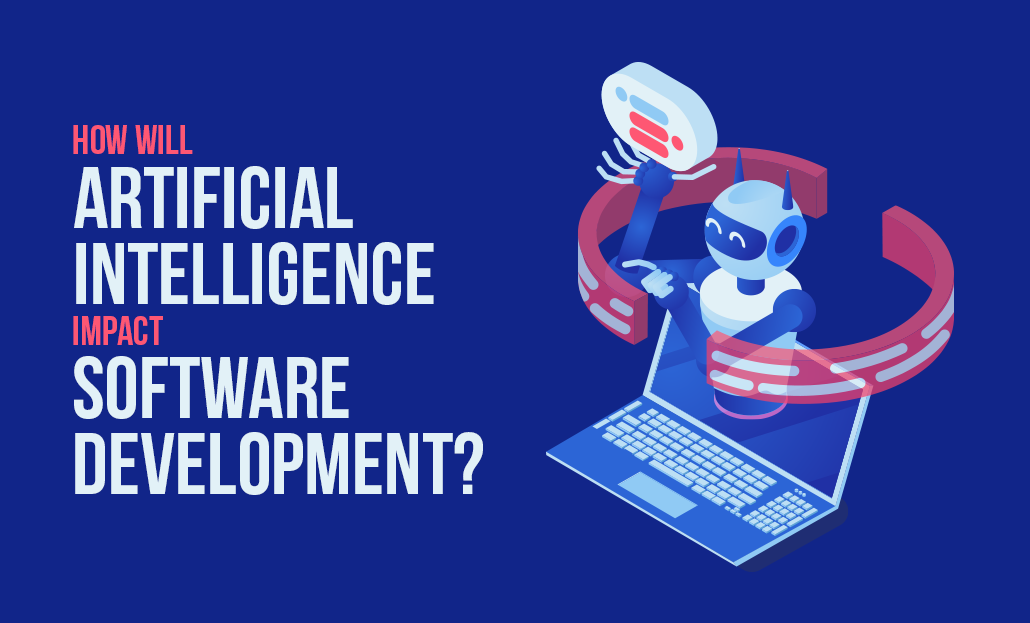
The increasing reliance on AI in software development introduces significant ethical considerations, particularly concerning bias and security. AI models are trained on data, and if this data reflects existing societal biases, the resulting software will likely perpetuate and even amplify those biases. Furthermore, the opacity of some AI algorithms can make it difficult to identify and rectify these biases, leading to unfair or discriminatory outcomes.
Understanding and mitigating these risks is crucial for responsible AI development and deployment.AI-generated code, while often efficient and effective, inherits the biases present in its training data. This can manifest in various ways, from subtle algorithmic biases affecting user experience to overt discrimination in areas like loan applications or facial recognition. For example, an AI trained on a dataset predominantly featuring images of light-skinned individuals might perform poorly when identifying individuals with darker skin tones, leading to inaccurate or unfair outcomes.
Bias Mitigation Strategies in AI-Generated Code
Addressing bias in AI-generated code requires a multi-pronged approach. Firstly, careful curation of training datasets is paramount. This involves actively seeking diverse and representative data to minimize the influence of any single demographic group. Secondly, employing techniques like fairness-aware machine learning can help identify and correct biases within the algorithms themselves. This might involve adjusting model parameters or employing algorithmic fairness constraints.
Thirdly, rigorous testing and evaluation are essential to identify and address any biases that might remain after training. This includes testing the software with diverse user groups to assess its performance across different demographics. Finally, human oversight remains crucial throughout the entire process, ensuring that AI-generated code aligns with ethical guidelines and avoids perpetuating harmful biases.
Ethical Implications of Heavy Reliance on AI in Software Development
The extensive use of AI in software development presents several ethical challenges. It’s important to consider the potential consequences before fully embracing this technology.
- Accountability and Responsibility: Determining responsibility when AI-generated code causes errors or harm can be challenging. Who is liable – the developer, the AI provider, or the user?
- Job Displacement: The automation potential of AI in coding could lead to significant job displacement for human programmers, requiring proactive measures for retraining and reskilling.
- Transparency and Explainability: The “black box” nature of some AI algorithms can make it difficult to understand how they arrive at their decisions, hindering debugging and raising concerns about accountability.
- Security Risks: AI-generated code may inadvertently introduce security vulnerabilities due to unforeseen biases or flaws in the algorithms.
- Bias Amplification: As previously discussed, AI systems can amplify existing societal biases, leading to unfair or discriminatory outcomes in the software they produce.
AI-Introduced Security Vulnerabilities
The use of AI in software development can introduce unintended security vulnerabilities. For instance, an AI-generated code segment might inadvertently expose sensitive data due to a flaw in its logic or a bias in its training data. Another example could be an AI system generating code that is susceptible to common attacks like SQL injection or cross-site scripting due to a lack of sufficient security checks during the code generation process.
Furthermore, the reliance on AI-generated code without proper human review could lead to the introduction of backdoors or other malicious functionalities if the AI model itself has been compromised. The lack of complete transparency in some AI algorithms makes it challenging to detect such vulnerabilities, highlighting the need for robust security testing and human oversight in the software development lifecycle.
The Impact of AI on Different Software Development Methodologies
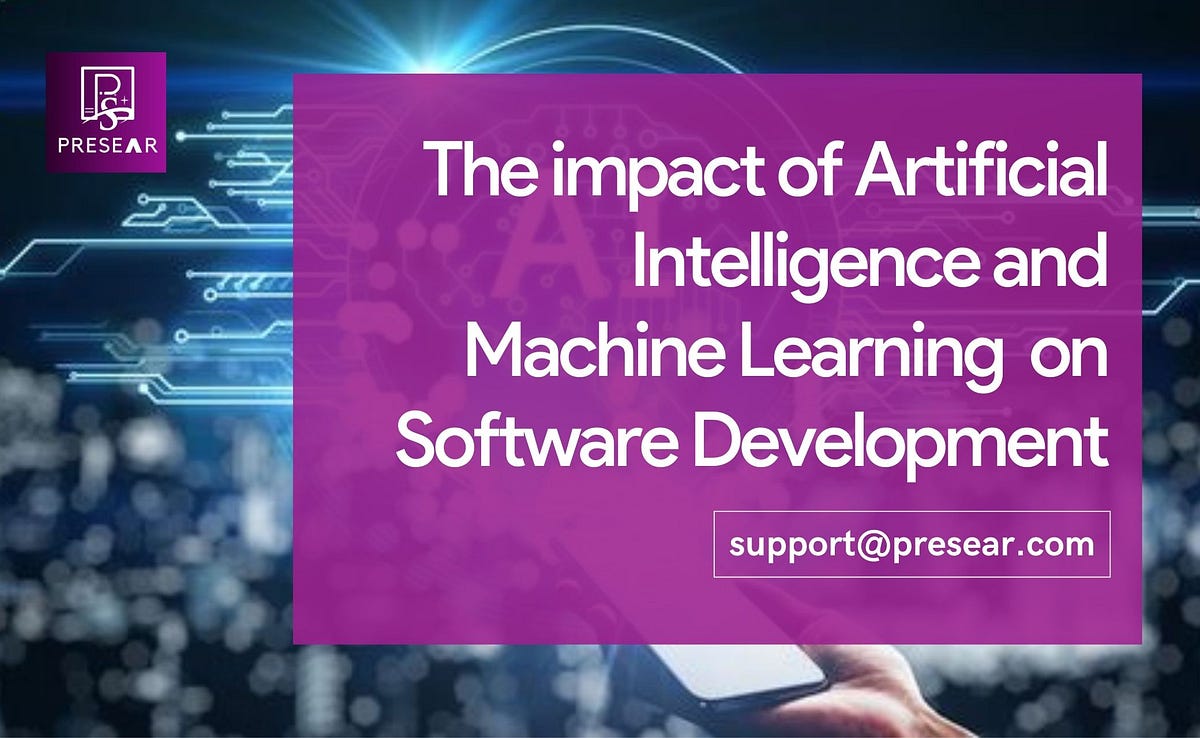
The integration of AI is transforming software development methodologies, impacting both the iterative nature of Agile and the sequential structure of Waterfall. While both approaches benefit from AI’s capabilities, the implementation and resulting effects differ significantly due to their inherent characteristics. Understanding these differences is crucial for effectively leveraging AI in software projects.AI’s application in Agile and Waterfall methodologies presents a compelling case study in adapting technology to established workflows.
The flexibility of Agile allows for more immediate integration of AI tools, whereas Waterfall’s rigid structure necessitates a more planned and phased approach. However, both approaches can ultimately benefit from AI’s capacity to automate tasks, improve code quality, and accelerate development cycles.
AI in Agile and Waterfall Methodologies
Agile’s iterative and incremental nature aligns well with AI’s ability to provide rapid feedback and automate repetitive tasks. AI-powered code completion tools and automated testing can significantly reduce development time in each sprint. Conversely, Waterfall’s sequential phases require a more upfront assessment of AI tool integration. AI can be used to improve the accuracy of initial estimations and to automate the generation of documentation, but its iterative feedback loop is less directly integrated into the project flow.
The structured nature of Waterfall, however, can provide a more controlled environment for introducing AI, minimizing disruption to the established process.
AI Streamlining Software Maintenance and Updates
AI significantly streamlines software maintenance and updates through automated code analysis, bug detection, and vulnerability assessment. AI-powered tools can identify potential issues in codebases far more efficiently than manual review, enabling proactive patching and minimizing downtime. Furthermore, AI can assist in generating automated updates, reducing the manual effort required for deployment and ensuring consistency across different versions. This leads to faster response times to security threats and user-reported issues, improving overall software stability and user experience.
For instance, AI can analyze user feedback and automatically generate prioritized lists of bug fixes, guiding developers to address the most critical issues first.
Hypothetical Case Study: AI-Powered Mobile App Development
Consider the development of a mobile fitness tracking application using AI. The project, using an Agile methodology, is allocated a six-month timeline with a team of five developers, one QA engineer, and one AI specialist. The AI specialist focuses on integrating AI-powered code completion, automated testing, and user feedback analysis tools.During the initial sprints, the AI tools significantly speed up coding, reducing development time by approximately 20%.
Automated testing identifies and fixes bugs early in the development cycle, resulting in fewer issues in later stages. User feedback analysis tools provide insights into user preferences and pain points, allowing developers to prioritize features and address usability issues proactively. This iterative process allows for continuous improvement and adaptation throughout the development lifecycle.Resource allocation is optimized through the automation of routine tasks, freeing developers to focus on more complex aspects of the application.
The final product launches on time and within budget, exceeding user expectations due to its enhanced usability and stability. The AI integration contributes to a 15% reduction in overall development costs compared to a similar project without AI assistance. The application receives positive reviews, highlighting its smooth functionality and user-friendly interface.
AI and the Future of Software Development
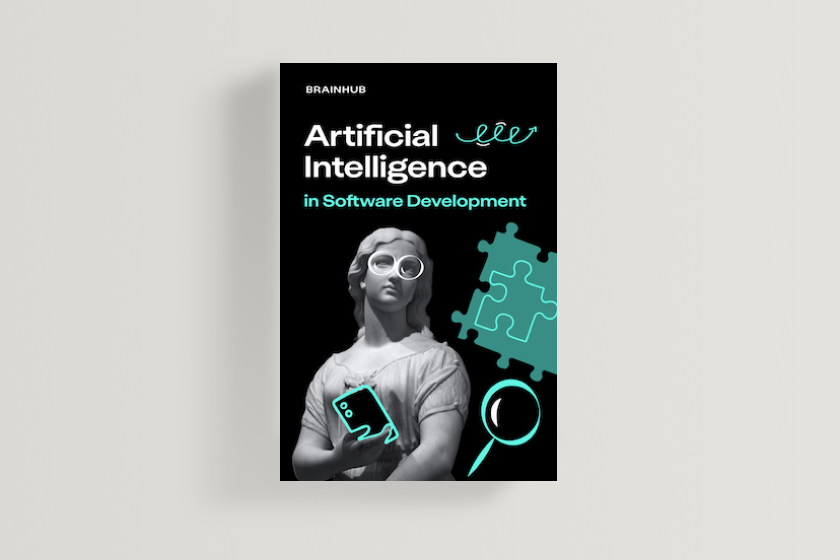
The rapid advancement of artificial intelligence (AI) is poised to fundamentally reshape the software development landscape over the next decade. While concerns about job displacement are valid, the reality is likely to be more nuanced, involving a shift in roles and the emergence of new specializations rather than outright replacement. The integration of AI will increase productivity and efficiency, leading to both challenges and opportunities for software developers.AI’s impact on the software development job market will be multifaceted, affecting the demand for different skill sets and creating new roles entirely.
The next five to ten years will see a significant transformation, requiring developers to adapt and acquire new competencies to remain competitive.
Projected Impact of AI on Software Developer Employment
The following table summarizes predicted impacts on the software development job market over the next five and ten years. These predictions are based on current trends in AI adoption and the evolving needs of the software industry. It’s crucial to note that these are projections, and the actual impact will depend on various factors, including the pace of AI development, economic conditions, and the adaptability of the workforce.
| Timeframe | Predicted Impact |
|---|---|
| 5 Years | Increased demand for developers skilled in AI integration and prompt engineering. A decrease in demand for roles focused on repetitive coding tasks, potentially leading to some job displacement in entry-level positions. Significant growth in roles requiring expertise in AI model training, deployment, and maintenance. Increased emphasis on collaboration between humans and AI. Companies will begin to heavily invest in upskilling and reskilling initiatives for their existing workforce. The average developer will see an increase in productivity due to AI-assisted tools, but may also face pressure to adapt quickly to new technologies. |
| 10 Years | Significant shift in the skillset required for software development roles. AI will handle a substantial portion of routine tasks, freeing up human developers to focus on higher-level design, complex problem-solving, and creative aspects of software development. New specialized roles, such as AI ethics specialists and AI system architects, will be in high demand. The potential for significant job displacement in roles easily automated by AI, while a significant growth in roles requiring expertise in AI systems and their integration into software products. The role of the software developer will evolve to become more strategic and less focused on low-level implementation details. There may be a greater emphasis on continuous learning and adaptability, requiring developers to constantly update their skills to keep pace with technological advancements. |
Emerging Roles in Software Development
The integration of AI into software development will create several new specialized roles. These roles will require a unique blend of technical expertise, problem-solving skills, and an understanding of AI’s capabilities and limitations. Examples include:* AI-Assisted Software Engineers: These engineers will specialize in designing and implementing software systems that leverage AI capabilities, such as machine learning models, natural language processing, and computer vision.
They will need strong programming skills and a deep understanding of AI algorithms and architectures.* AI Ethics Specialists: With the increasing reliance on AI in software development, ethical considerations become paramount. AI ethics specialists will be responsible for ensuring fairness, transparency, and accountability in AI-powered systems, mitigating potential biases, and addressing privacy concerns.* Prompt Engineers: These specialists will focus on crafting effective prompts and instructions for AI coding assistants to generate high-quality and efficient code.
Their expertise will be crucial in maximizing the productivity and effectiveness of AI-assisted coding tools.* AI System Architects: These architects will design and implement the overall architecture of AI-powered software systems, ensuring scalability, reliability, and maintainability. They will need to be proficient in both software engineering and AI principles.* AI Training Data Specialists: The quality of AI models heavily depends on the quality of training data.
These specialists will focus on curating, cleaning, and managing large datasets for AI model training, ensuring the accuracy and reliability of the resulting models.
Ultimate Conclusion
The integration of AI into software development is not about replacing human programmers but augmenting their capabilities. While AI excels at automating repetitive tasks and accelerating certain processes, the uniquely human qualities of creativity, critical thinking, and ethical judgment remain irreplaceable. The future of software development lies in a synergistic partnership between humans and AI, where developers leverage the power of intelligent tools to build more efficient, innovative, and ethically sound software.
Embracing this collaboration is crucial for navigating the evolving landscape and unlocking the full potential of both human ingenuity and artificial intelligence.

